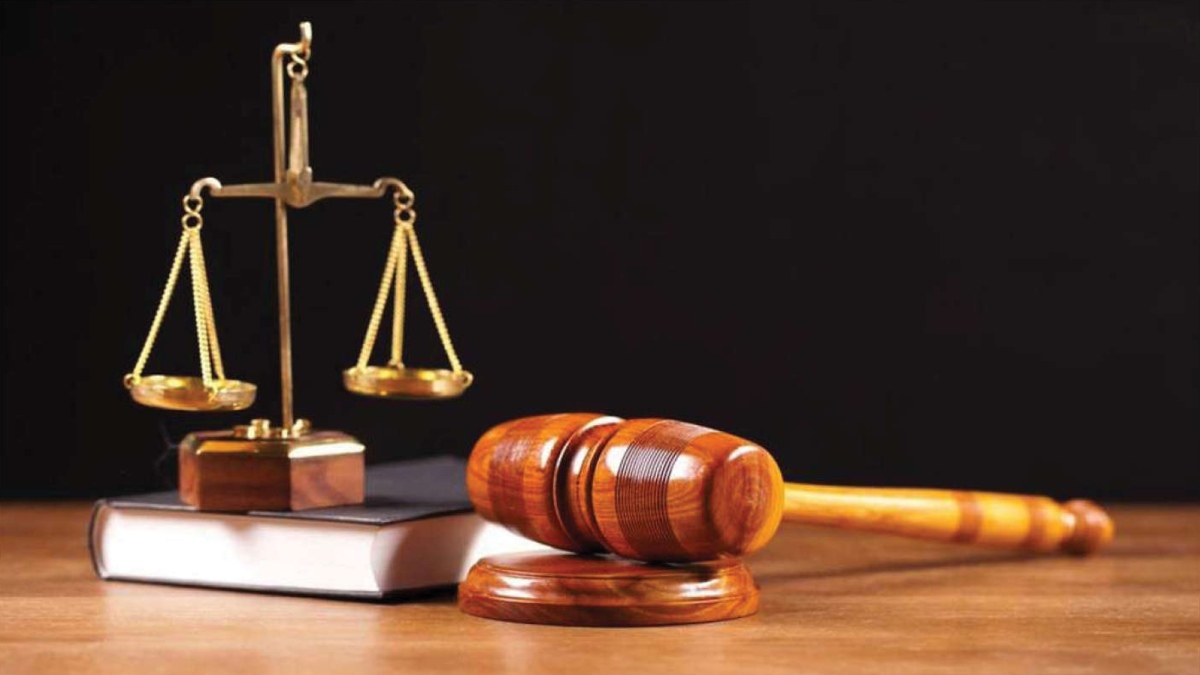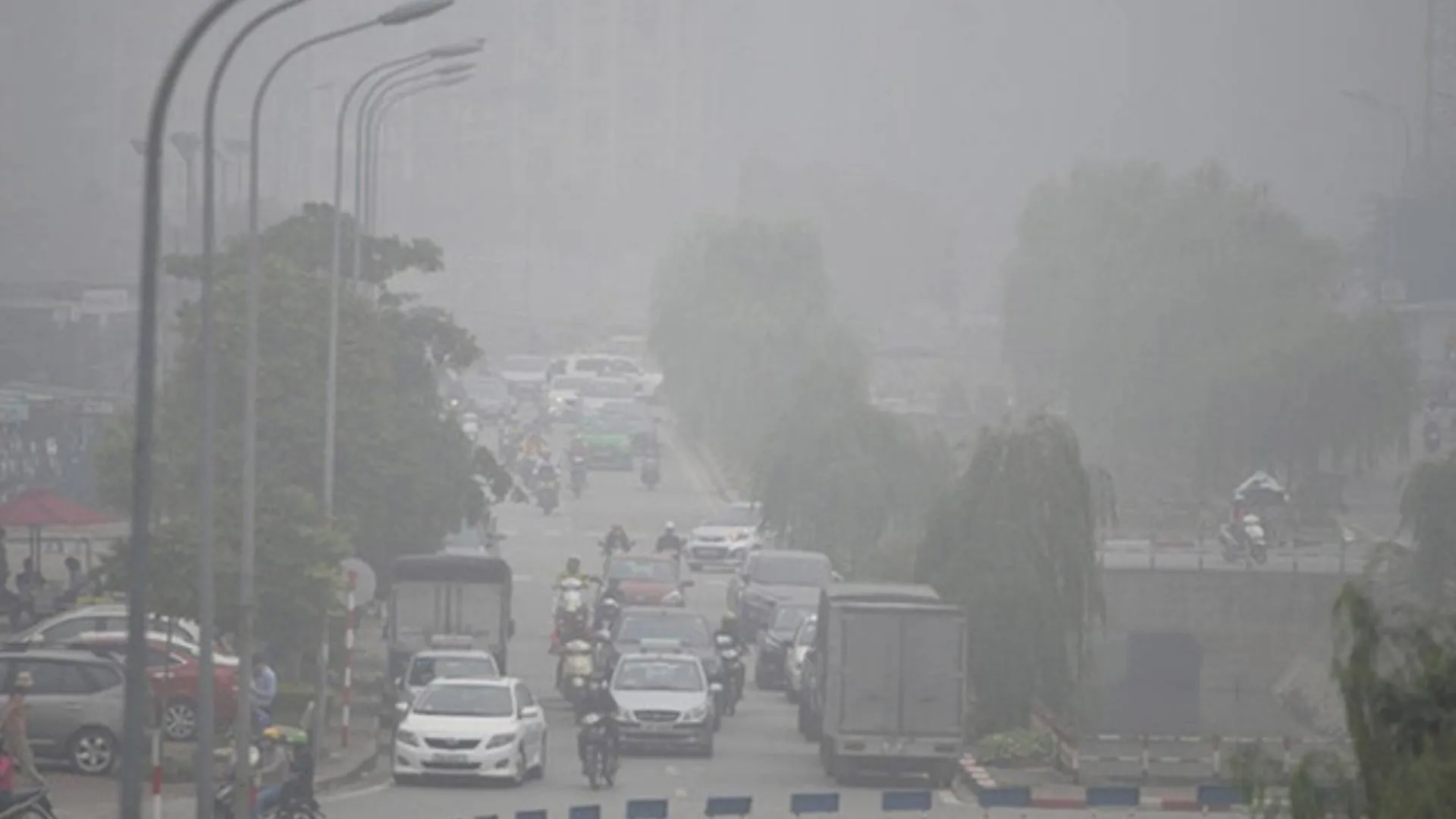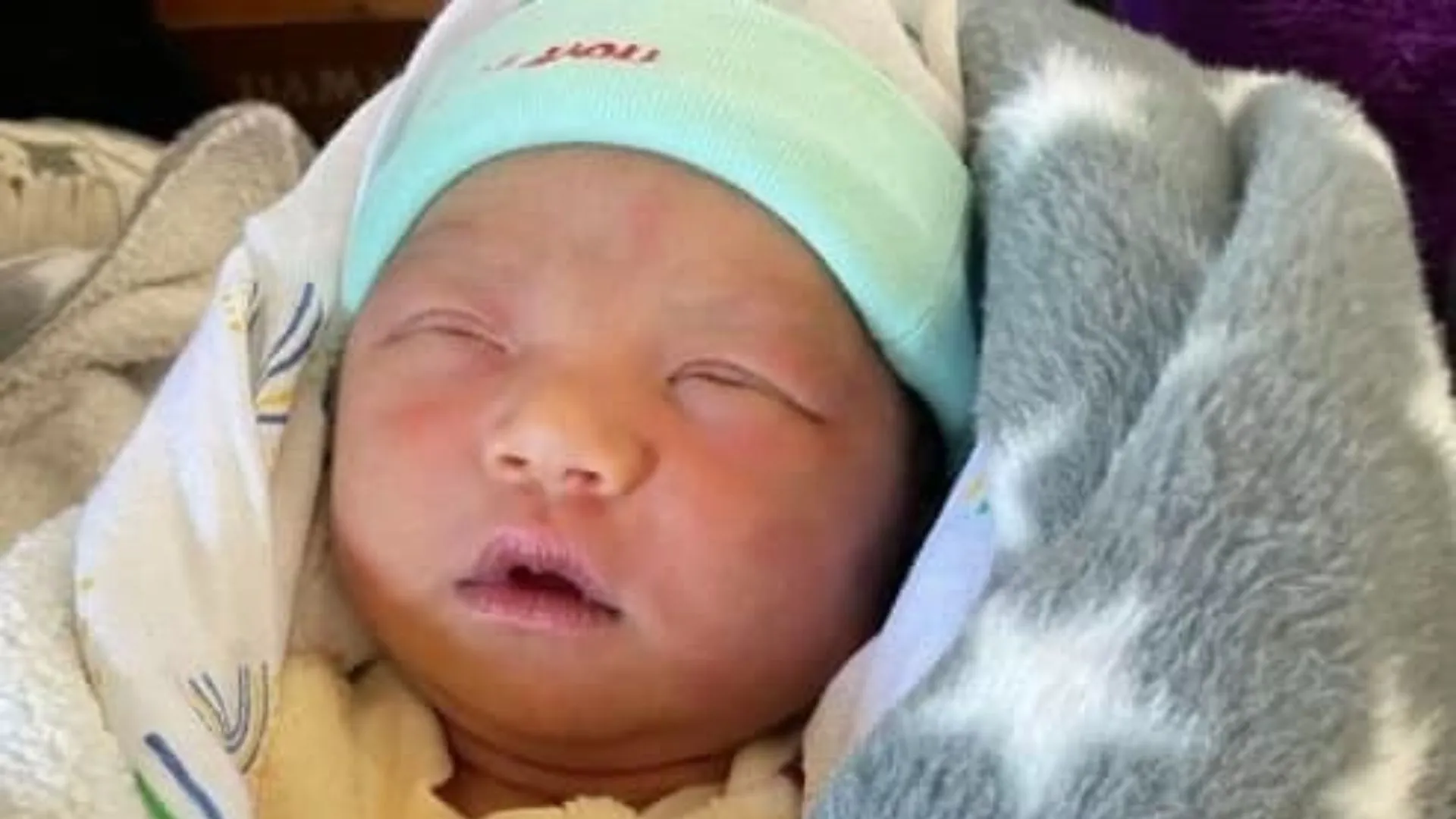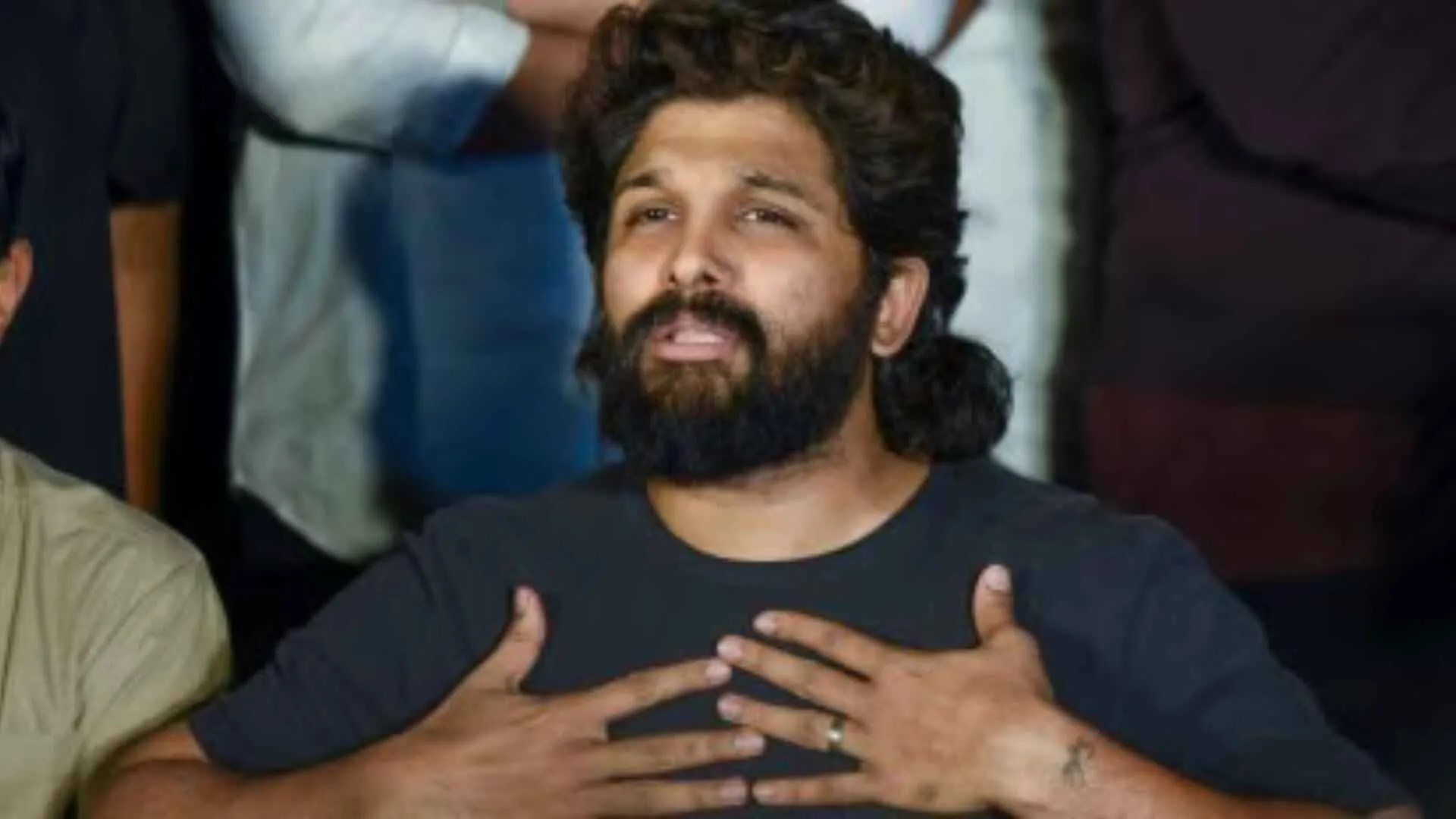INTRODUCTION: SECTION 45 AND THE LEGISLATION’S HISTORY
On the 4th of August 1998, the Government of India tabled the Prevention of Money Laundering Bill 1998 in Parliament, in response to rising concerns about a rise in transnational economic offenses and a lack of effective national legislation to combat organized crime and its consequences.
On January 17, 2003, the ‘Bill’ obtained the President’s assent and became the Prevention of Money Laundering Act, 2002, which went into force on July 1, 2005.
Since its inception, the Act has been revised five times, the most recent being in 2019.
The Act, which is divided into 10 chapters and 75 parts, is designed to combat money laundering and to provide for the confiscation and seizure of property derived through laundered funds or any other money laundering issue in India.
However, the Act has remained exceedingly complex and contentious since its creation, particularly when it comes to arrest and the granting of bail to a person indicted under the Act.
BOMBAY HIGH COURT’S PROBLEMATIC APPROACH
“Since the entire complexion of section 45 has been changed as a result of the modification, we are not in accord with the notion that the entire section must be re-enacted by means of amendment following the judgement in the matter of Nikesh Shah,” the HC said (of the Supreme Court in 2017).
The question now is whether this revision would restore the twin requirements’ legality, and whether an accused charged with an act under the Act will still be required to meet the rigors of the “twin condition” despite the Supreme Court’s decision in Nikesh Tarachand Shah.
The phrases “punishable for a period of imprisonment of more than three years under Part A of the Schedule” were substituted with the words “under this Act” in the 2018 Amendment.
The goal of this modification was to change the foundation of the Nikesh Tarachand Shah decision by having Section 45(1) bail pre-conditions apply to all offences under the PMLA, not only “scheduled offences.”
The Supreme Court has also been asked to rule on this change.
IS THE 2018 CHANGE TO THE PMLA’S BAIL REQUIREMENTS CONSTITUTIONAL?
Does it cast doubt on Nikesh Tarachand’s (2017) decision?
The HC, however, decided in Vinod Bhandari vs. Assistant Director, Directorate of Enforcement that, notwithstanding the definitional change, S. 45(1)(ii) of the Act has not been revived.
BAIL, NOT IMPRISONMENT
Bail dates back to the Middle Ages, when the Magna Carta was established and recognized as the cornerstone of individual liberty. It has been constantly observed throughout India since then.
“No free man shall be seized or imprisoned or stripped of his rights or possessions, or outlawed or exiled or deprived of his standing in any other way, nor will he be proceeded against with force, except by the lawful judgment of his equals or by the law of the land,” according to Clause 39 of the Royal Charter of the Magna Carta.
The presumption of innocence is a cornerstone of our criminal justice system, with origins in Article 21 of the Indian Constitution.
“Bail is the rule, while incarceration is the exception,” the Supreme Court has stated in various decisions.
Because all accused individuals have the presumption of innocence, they may be granted the chance to handle and defend their own case.
THE LAW OF DETENTION
Section 19 of the Act gives the investigating agency/ED the authority to arrest anyone suspected of money laundering.
It stipulates that there must be’reason to think’ that the accused individual is ‘guilty’ of the offense of money laundering based on the evidence gathered during the inquiry, and that the’reason to believe’ must be’recorded in writing’ before an arrest is made.
The main difference between arrest under PMLA and arrest by police under Section 41 of the Cr.P.C. is that arrest under PMLA has been elevated by the Legislature and requires evidence to form a’reason to believe’ that the person is ‘guilty’ of the offenses under PMLA, whereas an arrest by police can be made on’mere suspicion.’
What if an accused claims that no further evidence exists, but the I.O. believes or claims that other evidence exists and must be given up before the accused is granted bail?
Would a court be convinced in such a scenario to detain an accused in judicial custody indefinitely until the deadlock is resolved?
Despite the express ruling in Nikesh Tarachand, the amendment has once again brought the issue of the application of dual criteria to the forefront.
The proponent of this provision might claim that the twin criteria were only applicable to certain offences in Part A of the Schedule previous to the modification.
This has been corrected as a result of the change, since the court can now use this clause for offenses “under the act.”
As a result, the intelligible differentia argument can be disproved.
Proponents might also disagree over the ‘rational nexus’ that should be attained for the PMLA’s object to be enforced.
However, these arguments are superfluous.
Firstly, the provision completely ignores the fundamental problem of the twin conditions which inverse the ‘presumption of innocence’, contrary to the principles enunciated under the criminal jurisprudence. Individual liberty, if not checked by the judiciary, can become flickering candlelight in the hands of legislature and executive. This provision has the potential to curtail the liberty of an accused person. To glamorise chimerical provisions based on the scheme to tackle the menace of money laundering and confiscation of proceeds of crime would be devoid of fundamental values characterised by the forefathers of the constitution. After all, the concept of liberty of an individual is fundamental, which can only be eclipsed by ‘procedure established by law’. However, this too has undergone a sea-change via incorporating ‘reasonableness’ in its jurisprudence. The ‘due process of law’, albeit not enshrined directly, has echoed indirectly in the developed jurisprudence surrounding individual life and liberty. Therefore, it is desirable that such provision should be subject to basic principle and not improvised brevity draped or at whims of the legislators.
Secondly, this provision leads to an incongruous position regarding ‘anticipatory bail’ and ‘bail’ per se. Suppose, a person ‘A’ seeks an anticipatory bail on the same offence as compared to a person ‘B’ who seeks a bail, then ‘A’ will not have to satisfy the twin conditions. Thus person ‘A’ can go scot-free without having satisfied the twin conditions of S. 45. PMLA fails to solve this incongruity, and this would tantamount to treating unequal as equals.
Thirdly, the judicial determination through this provision can start the cascading effect on the final outcome of the case when the case is heard at the merit stage. Even though the bail stage is confined to preliminary determination, this provision necessarily allows the court to decide on the prima facie guilt of an accused. PMLA, by its nature, relies on the other predicate offence, this translate into a dual finding of the court. For the sake of argument from the other side, one might argue that the findings at the bail stage bear nothing on the final outcome at the trial stage. Nevertheless, courts cannot overlook the earlier decided matter at the bail stage (arguably by SC or HC), and thus can seriously compromise the judicial infallibility while deciding on such matter.
CONCLUSION
Several HCs have deliberated on the question whether the re-framing of S. 45 of the PMLA has revived and possibly resurrected the twin conditions under sub-Section (1) of S. 45 for granting bail. The HCs, in Upendra Rai vs. Directorate of Enforcement, Dr.Vinod Bhandari Vs. Assistant Director, Directorate of Enforcement, Sameer M. Bhujbal v. Assistant Director, Directorate of Enforcement (Bail Application No. 286/2018), have answered negatively about the applicability of S. 45 of PMLA. The HCs have relied on Nikesh Tarachand and reiterated the SC position by stating that “Provisions akin to S. 45 have only been upheld on the ground that there is a compelling State interest in tackling crimes of an extremely heinous nature.” Thus, the courts have distinguished the offence under PMLA to those committed under other special laws such as TADA, NDPS, MCOCA etc. In the event, when offence under PMLA is not equated with other heinous offences, it has correctly been held by the HCs that merely amending the provision has not revived the twin conditions of S. 45. Interestingly, the SC in P. Chidambaram v. Directorate of Enforcement categorically held that only considerations required to be considered for the adjudication of the appeal relating to grant of bail to the appellant, are those given u/s 439 Cr.P.C. and neither the Solicitor General nor Court, went on to discuss or include the test of twin conditions in the said order while dealing with considerations of bail. Therefore, it can be conclusively asserted that the courts have paid little attention to the amended S. 45 of the PMLA while granting bail to an accused thus making the applicability of S. 45 redundant.























